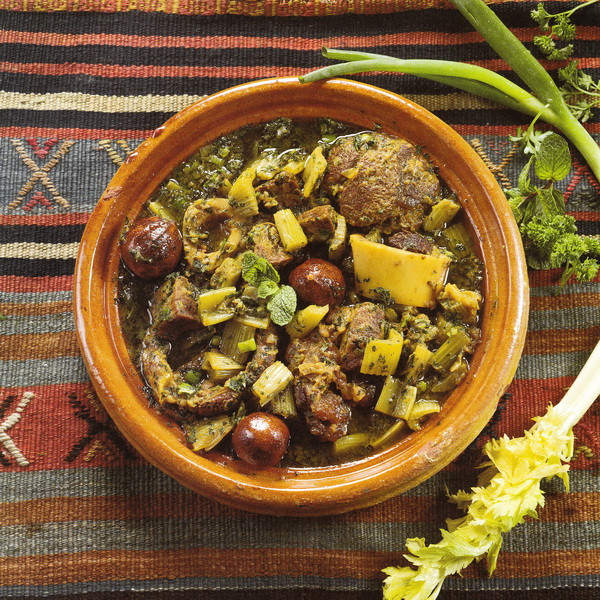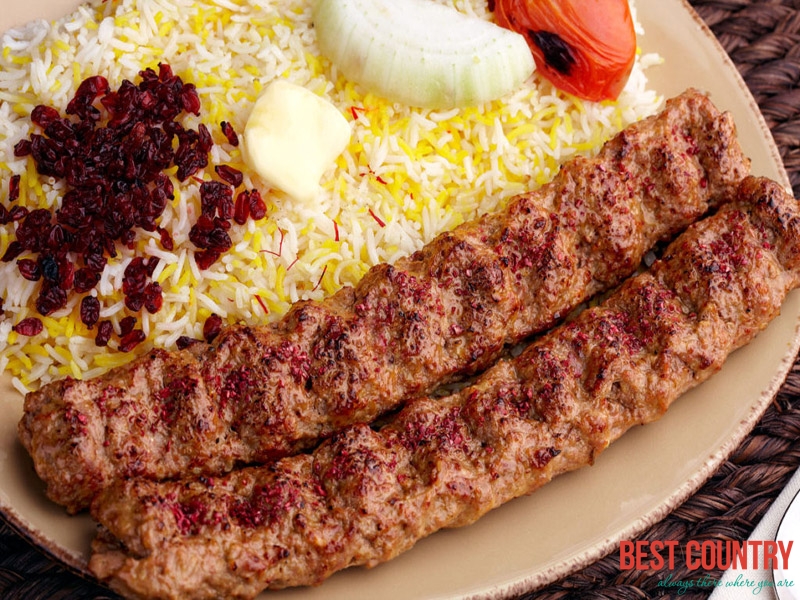Due to the range of culinary traditions across the Iranian provinces, food in Iran is extremely diverse. Common to all the Iranian provinces however, is the fact that Iranian food tends to be both healthy and nutritious.
Food in Iran
 To taste true Iranian food, it is necessary to eat at an Iranian’s house. The reason for this is that most restaurants in Iran limit the food they sell to different types of kebab and there is therefore, very little variety.
To taste true Iranian food, it is necessary to eat at an Iranian’s house. The reason for this is that most restaurants in Iran limit the food they sell to different types of kebab and there is therefore, very little variety.
Even if you are staying with an Iranian family, it is likely that at some point you will eat in a restaurant and if this is the case, you are likely to be happy with the standards of cleanliness and hygiene.
As with any country however, it is advisable to only eat hot food from street stalls and you should make efforts to observe how the food has been cooked e.g. ensuring sufficient standards of cleanliness).
As a general description, food in Iran tends to be colourful, healthy and simple. Taste is added via herbs, light spices and fruit and the resulting dishes are mild as opposed to spicy.
Hospitality in Iran
If you are fortunate enough to experience Iranian hospitality, then you will be extremely taken back by their warmth and eagerness to ensure that you are well looked after.
You are likely to be offered tea in a glass (always black) and possibly coffee – although coffee is not as popular in Iran and if you buy it externally, it’s likely to be fairly expensive.
Second to the drinks, you are also likely to be offered a wide variety of seasonal fruit. Iranians eat a lot of fruit and it certainly a key part of their daily food intake.
Rice in Iran
 Rice (berenj) is a staple building block of any Iranian meal and the most beautiful variations of rice based meals are found in Iran. Rice preparation is indeed a food art in Iran and of great contrast to the majority of countries who merely boil their rice.
Rice (berenj) is a staple building block of any Iranian meal and the most beautiful variations of rice based meals are found in Iran. Rice preparation is indeed a food art in Iran and of great contrast to the majority of countries who merely boil their rice.
Variations of this Iranian food art include rice preparation over a 24 hour time frame, boiling, steaming, cooking with yoghurt or egg to produce a tasty crunchy crust, adding saffron, berries, herbs, spices and meat for colour and flavour.
Soft Drinks in Iran
Soft drinks in Iran are sold typically served in bottles and rarely in cartons. ‘Doug’ is a very popular salty yoghurt drink which is similar to ‘ayran’ (drunk in Turkey).
Deserts in Iran
Great efforts are made when making sweet foods in Iran. Every Iranian province has its own traditions and approach to producing these exotic deserts and fruits such as dates and nuts are common ingredients.
However, Iranians will generally only eat sweet food and deserts on special occasions due to their love for fruit. You will find that Iranians use any opportunity to get out the fruit bowl – to welcome a guest after lunch, tea or dinner.